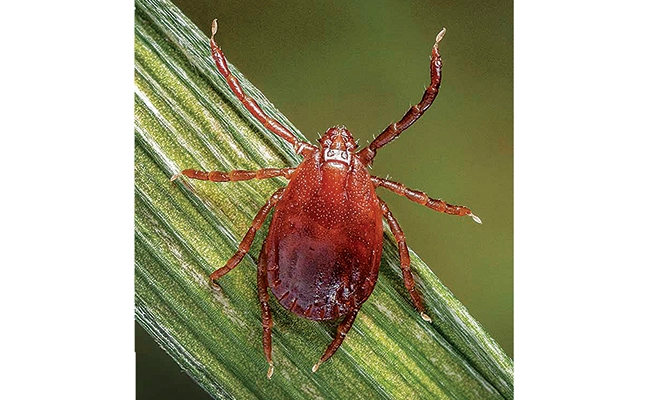
In June 2025, the U.S. Centers for Disease Control and Prevention’s (CDC’s) Emerging and Infectious Diseases Report (Vol. 31, No. 6) published findings that Asian longhorned ticks collected from southwestern Connecticut tested positive for Ehrlichia chaffeensis (one nymph) and Borrelia burgdorferi (two nymphs).
E. chaffeensis is a causative agent for human ehrlichiosis and is commonly spread by the lone star tick (Amblyomma americanum). B. burgdorferi is a pathogen responsible for Lyme disease and is commonly spread in the United States by the black-legged tick (Ixodes scapularis, also known as the deer tick).
The Asian longhorned tick is native to East Asia and was first reported in New Jersey in 2017. Older archived samples have confirmed the species was present in West Virginia, dating back as far as 2010, and in New Jersey as early as 2013. It has now been confirmed in 21 states, and that number is expected
to grow.
One reason for this tick’s invasive success is its ability to reproduce asexually, or without mating. Females can lay 1,000 to 3,000 viable eggs that can hatch without ever having to find a mate.
The Asian longhorned tick is more widely considered a livestock pest, but it has a broad host preference that includes humans and pets. In other parts of the world, the species is known to transmit several diseases, including anaplasmosis, babesiosis and rickettsiosis.
While prior studies have shown that this tick is not a competent vector of B. burgdorferi, the CDC’s recent findings of E. chaffeensis in field-caught nymphs add to the concern about the potential for the spread of ehrlichiosis in the United States. More research is needed to fully understand the Asian longhorned tick’s competency as a vector of this disease.
Leave A Comment